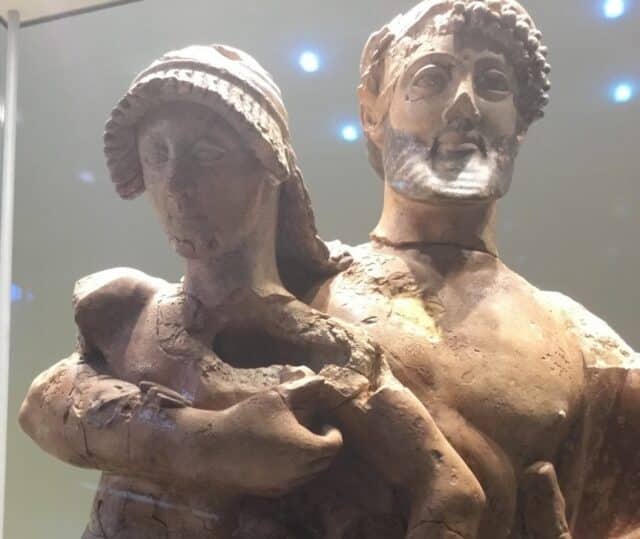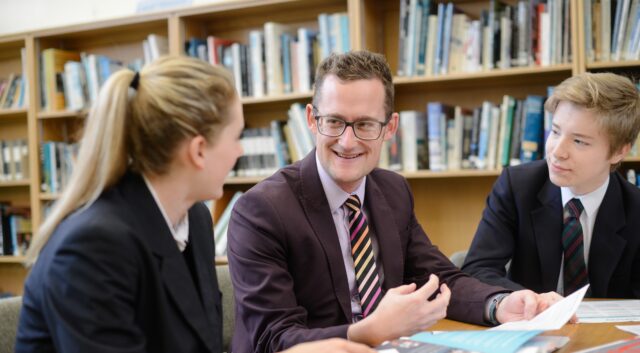Blog
Stories, statues and the students who need them

George Johnson
Teacher of Classics at Leicester Grammar School Trust
Read the blog
“Achilles and Patroclus were boyfriends.” Every year, when teaching the Iliad, I find myself saying a sentence to that effect. In my classroom, they are not just really good friends or, heaven forbid, the cousins which the 2004 Hollywood film Troy turns them into.
Obviously, amongst classicists, there is some debate about the exact nature of their relationship and Homer avoids giving it a label in a way that feels remarkably modern. I, however, prefer to follow the Athenian orator Aeschines, who argued that educated men would recognise their relationship for what it was: a love affair between two men.
The ancient world is full of queer stories, both mythological and historical. This is a society where the king of the gods transformed himself into an eagle to seduce the beautiful Trojan prince Ganymede, where the poet Sappho wrote about Aphrodite overcoming her with love for another girl and where the Emperor Hadrian openly filled the Empire with statues of his lover Antinous, who was raised to the status of a god by the Emperor who was distraught at his death.
One of my favourite facts about the ancient world is that, for a time at least in ancient Greece, roosters were the go-to gift to get your male lover. As such, one of my favourite statues (pictured) from the ancient world is one currently in the museum at Olympia; it depicts Zeus, tenderly holding Ganymede under one arm. In Ganymede’s arm is a rooster.

Every curriculum has choices to make. Even if a pupil studies the classical world for all seven years of their secondary education, we can only hope to scratch the surface of all that the Greeks and Romans did over that 2,000-year span of history. We can choose whether to include the poems of Sappho, or the sight of Ganymede’s rooster, or not.
In doing so, we can choose whether to let our queer pupils feel seen or marginalised. It is a powerful moment when you discover for the first time that the foundational work of western literature centres on a love between two men.
And yet it is also important that such choices do not feel performative, or solely limited to certain times of the year like LGBTQ+ History Month. I try to make these moments feel like natural extensions of what we are learning about at the time.
To return to the Iliad, when we introduce this to pupils in Year 9, it is part of a wider topic looking at Homeric epic and heroism. You could easily teach that without giving any focus to Achilles and Patroclus’ relationship, but why ignore it when the subject material is giving you such an easy way to show all pupils that such relationships are normal and that they have always existed? When we omit these stories, we’re not just editing history—we’re sending a message. That queer love is invisible, unimportant, or shameful. That’s not a message I want my classroom to give.
In his play The History Boys, Alan Bennett has one of his characters say “The best moments in reading are when you come across something – a thought, a feeling, a way of looking at things – which you had thought special and particular to you. Now here it is, set down by someone else, a person you have never met, someone even who is long dead. And it is as if a hand has come out and taken yours.” I believe the same can be true not just of literature but of our lessons. We have the power to make our pupils feel seen, to realise they are not alone and even, potentially, to provide them with a metaphorical hand they can hold to guide them through the confusion of adolescence.


